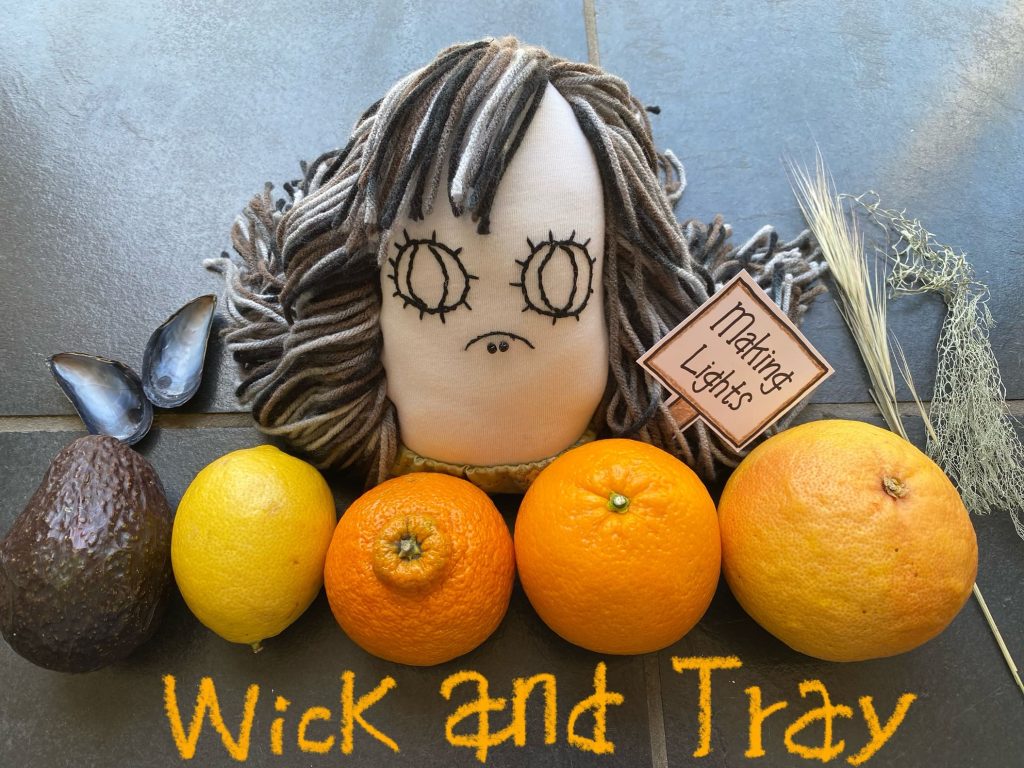
How to make a tray and wick oil lamp in an emergency?
Umm… I really have to make my own lights??
I am very bad at working with electronics.
But wait a minute, what do I do in a blackout? How??
Our ancestors were geniuses!!
Surviving took so much work!!
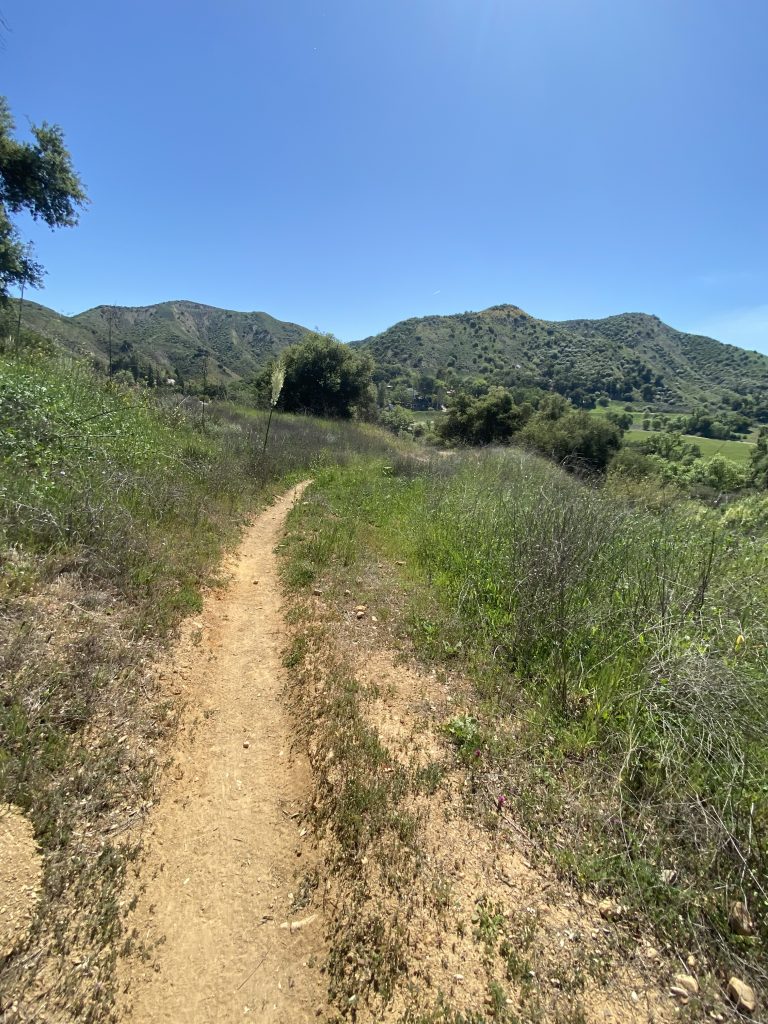
Looking for useful goods in nature is like going shopping at a superstore. The aisles will be the river, the mountain, the ocean, etc. Even in a disaster area, a complete wasteland, we might find metal products or other useful materials, among the debris. If we know a simple way to make a lamp, it could be a tremendous help (hyakuninnriki) during a long-term emergency. I am not good at engineering; I find it too complicated!! I have begun to really appreciate our ancestors’ achievements. Let’s try to remember what life was like long ago. Let’s imagine ourselves back in their time, when we have to survive with the bare minimum.
I talked about making oil for an oil lamp, in my previous post (see post #72), and today I will try to go to the next step. First, we need to know the mechanism behind the oil lamp.
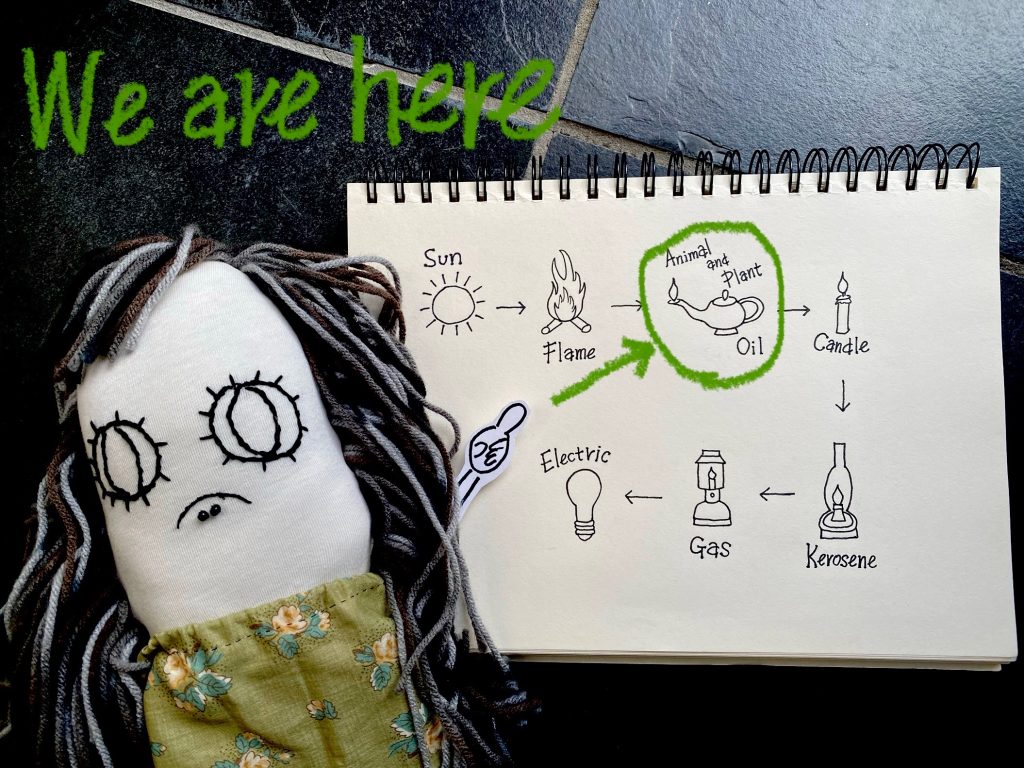
Oil lamps work because of something called capillary action. When one end of a material with small spaces, like a piece of string, fabric, or even a small tube, is placed in a liquid, the liquid (if the liquid is the right density) can be drawn up into the rest of the material, even if the material is not completely submerged. This is also called “wicking.” (Yes, “wick” can be a verb too.) For a lamp, the oil soaks through the entire wick, and as the oil at the end burns, it will continually be drawn up by capillary action.
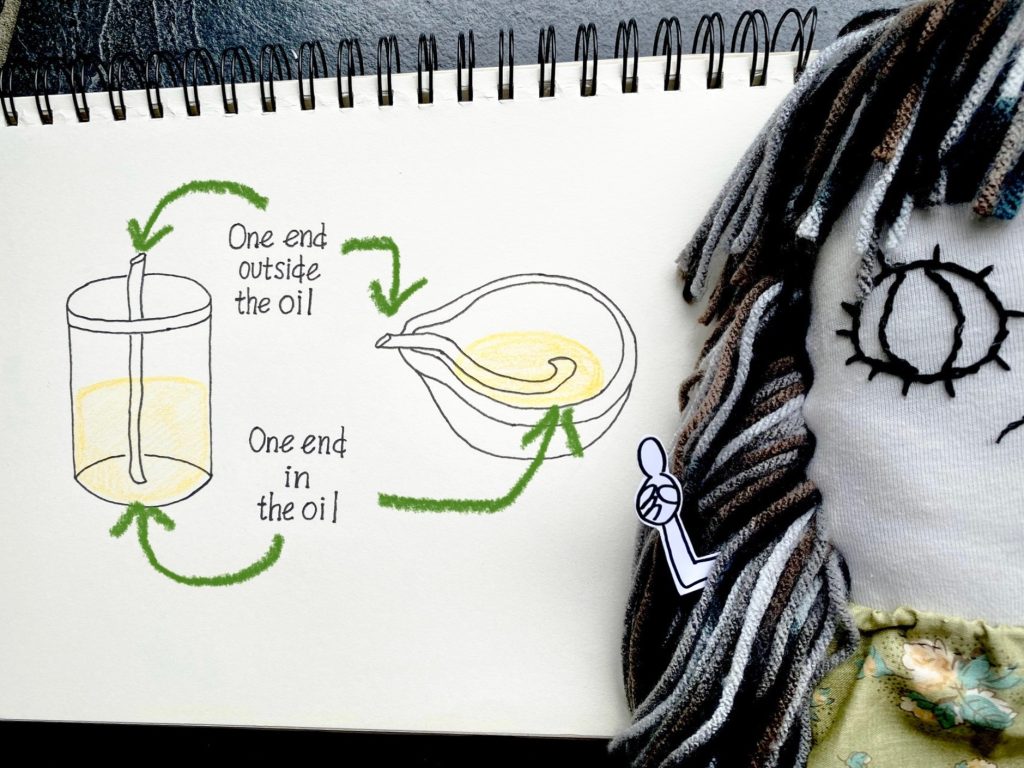
What things can serve as a wick for a lamp?
We need to find a good wick for our lamp. The wick will need to draw the oil up, through capillary action, to the top, where it can be ignited. Cotton is the best, and if you wear cotton clothes, you will be able to unravel your sweater or cut your T-shirts and use the scraps as wicks. Cutting up your clothes is kind of a worst-case of scenario. We will try to find another way for long-term emergencies. We don’t want to cut up our clothes if we don’t have to.
We need to keep producing the things we need, by ourselves, when we are in a prolonged emergency situation.
Our emergency stock will be used up, one day, if we don’t replenish our supplies. So we need to add new daily goods, constantly, to survive.
What things might facilitate capillary action?
Things to look for are fine fibers or small tubes. Oil will climb up these fibrous and tubular things. Cotton really is the best, but let’s try to find other effective materials!!

★ Fruits’ membranes
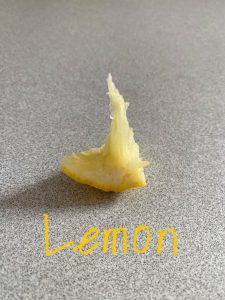
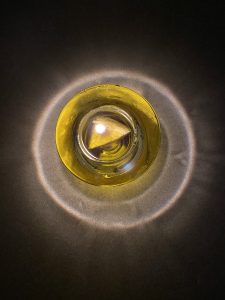
This is the central column from a lemon with a bit of peel attached. Placed in oil, it provides a dim light
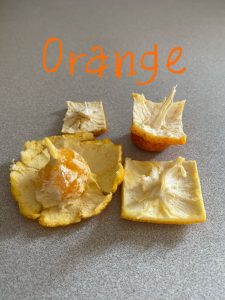
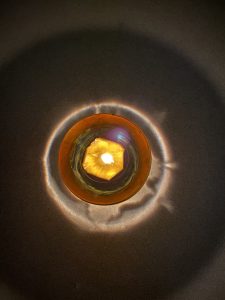
★ Find a sheep to get their hair (i.e., wool).
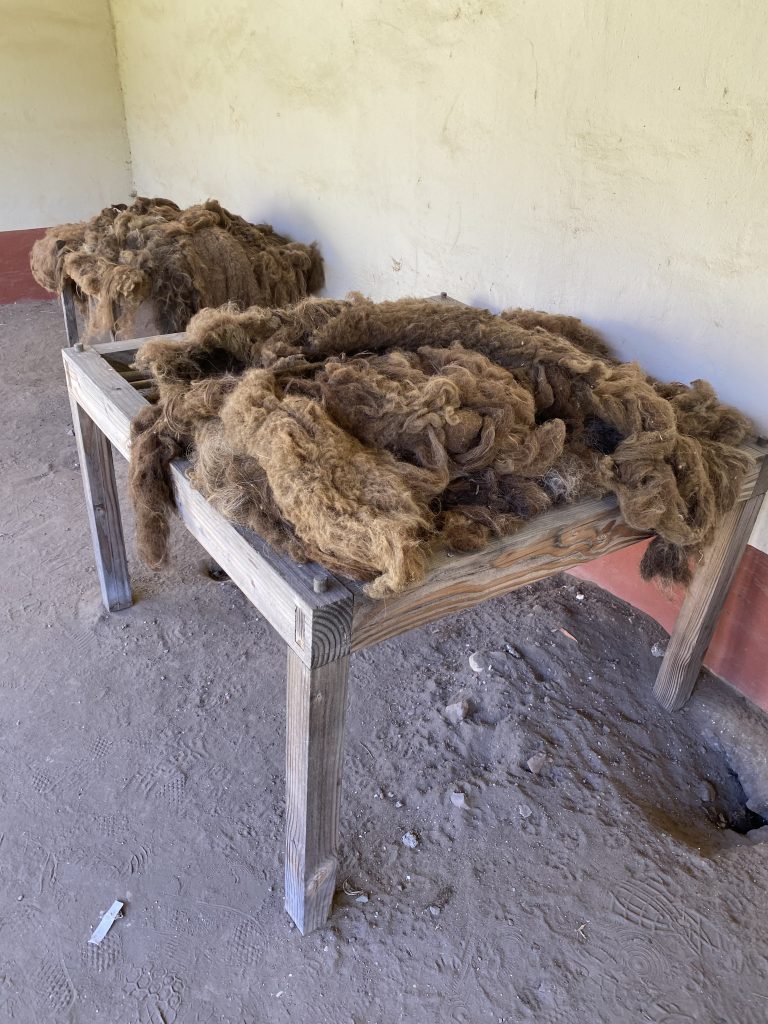
★ Find dry weeds
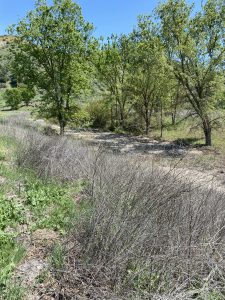
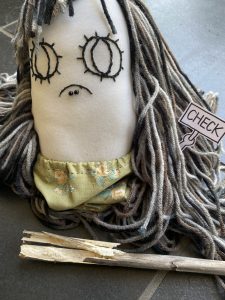
I found these weeds. I am sorry, I don’t know their names. Inside this weed, the fibers are very soft and spongy. Will these make a good wick?
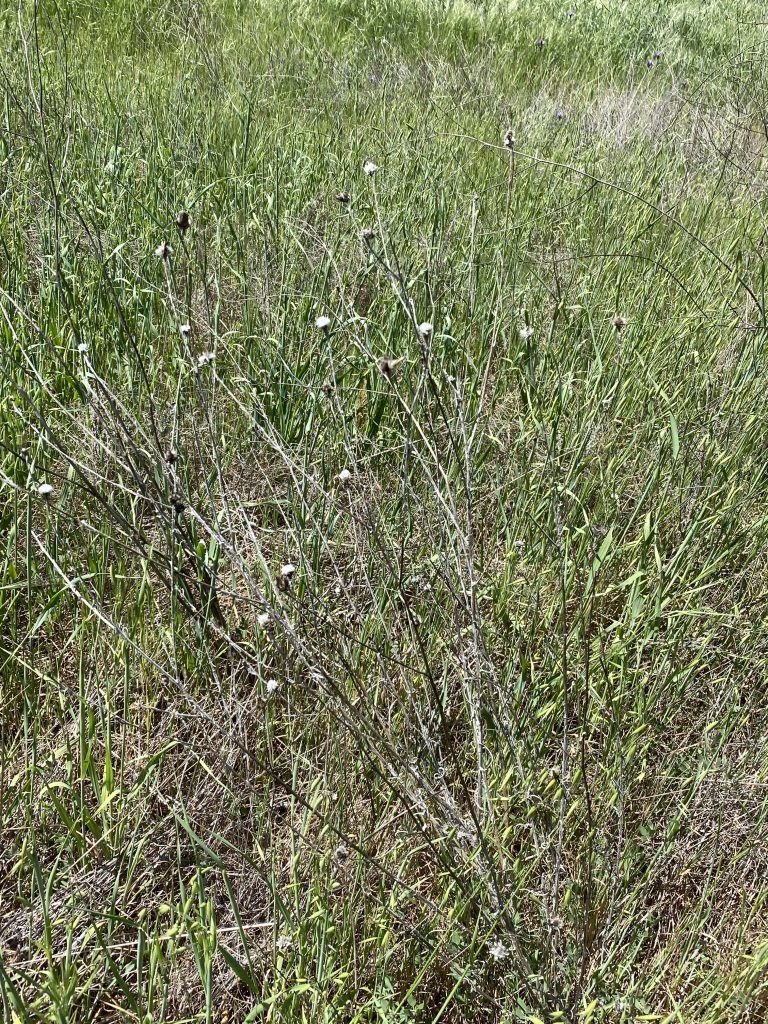
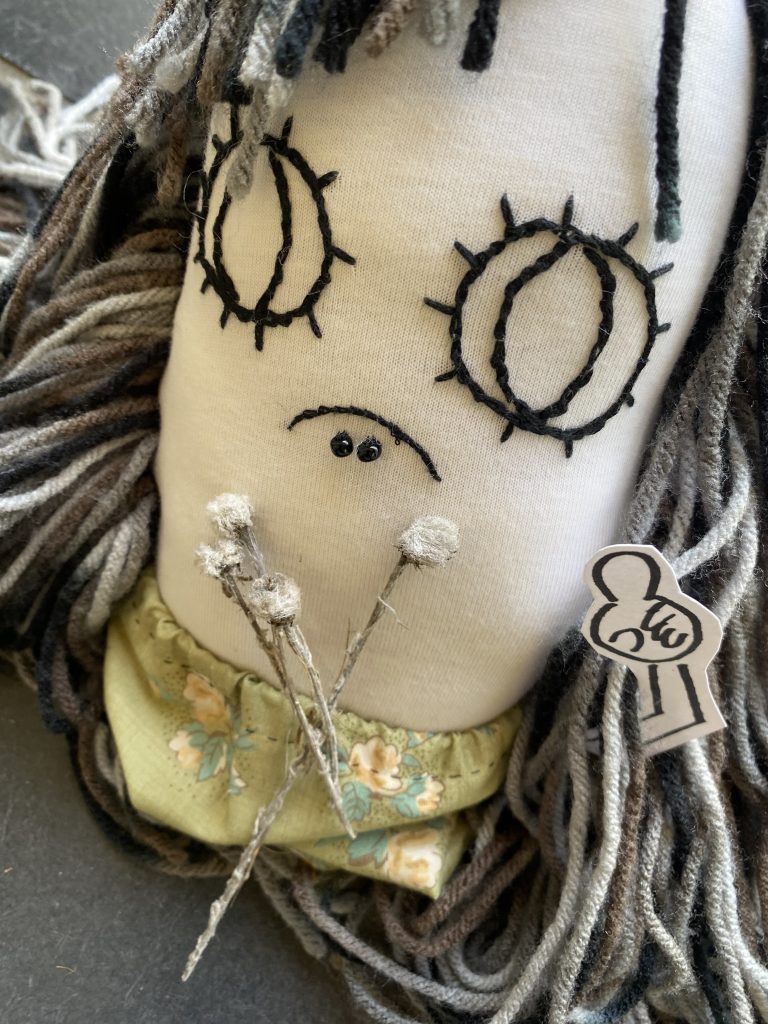
This weed has a fluffy part that looks like cotton.
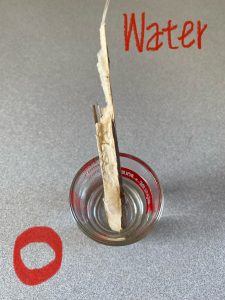
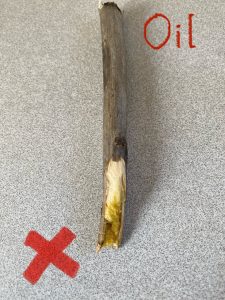
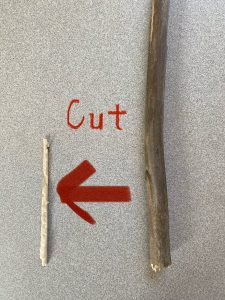
This plant soaks up the water! So, next let’s try oil… But oh no! The oil doesn’t wick. The oil is too thick, maybe?? OK. Let’s try a thinner piece.
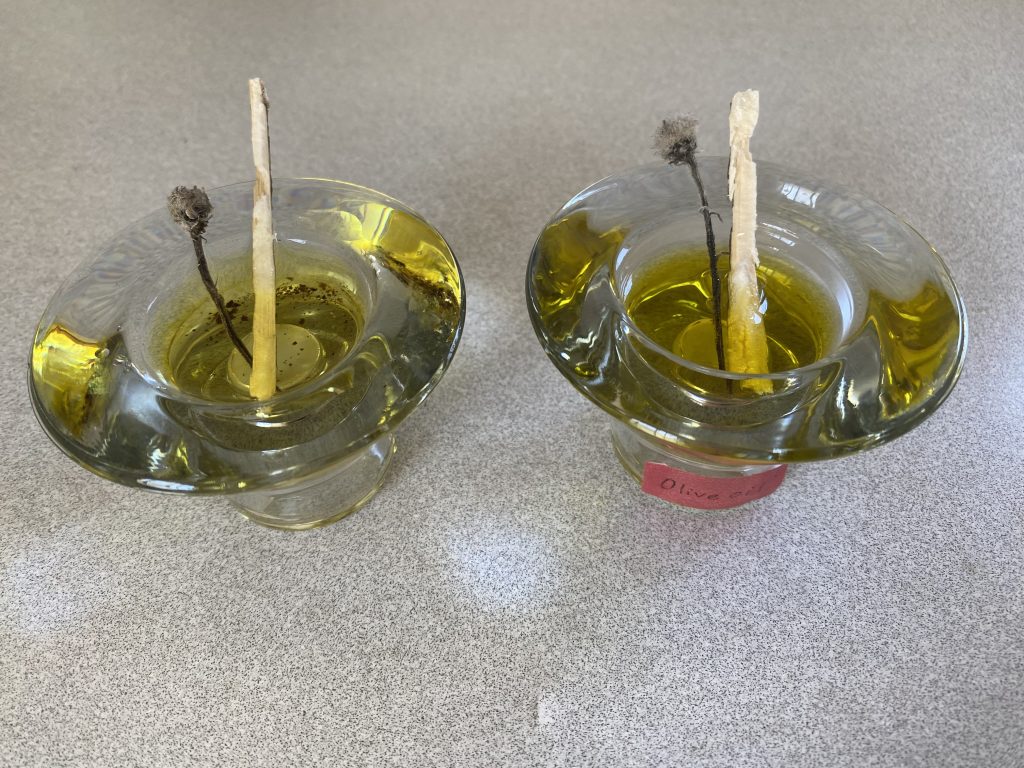
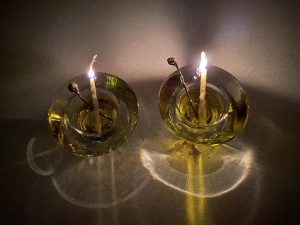
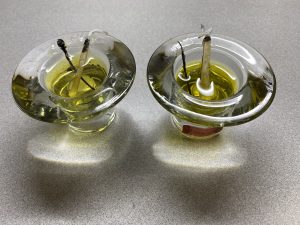
The tops of my wicks burned up and then the flames went out. It looks like the oil is not being drawn up through these plants. These plants didn’t work. This test was a failure. (Cry…) I will continue to look for plants to use in my lamps.
What can we use as a tray for our oil lamp?
These are the best shapes for an oil lamp, that we can make ourselves, in a long-term emergency.
● Cocked Hat Lamp: from eastern Mediterranean.
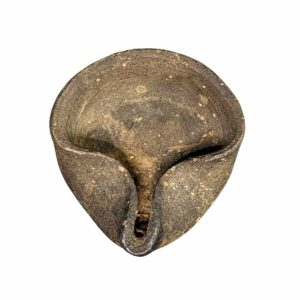
● Diya: a traditional oil lamp from India.
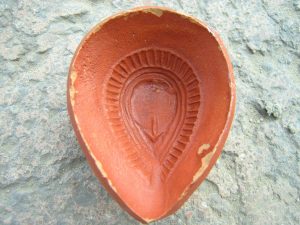
Let’s try to make oil lamps inspired by the cocked hat lamp and diya.
★ Use fruits skins as oil lamp trays.
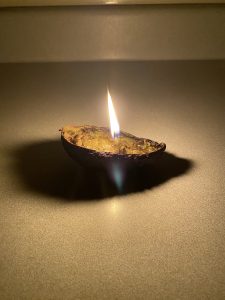
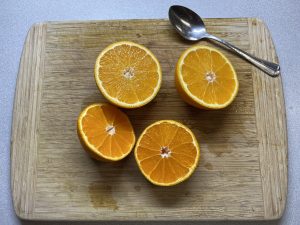
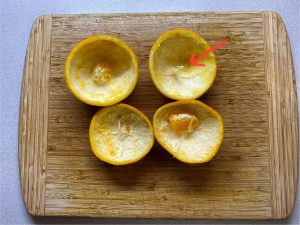
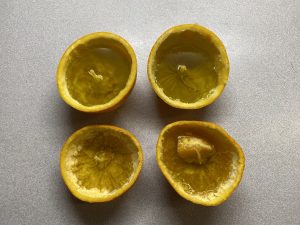
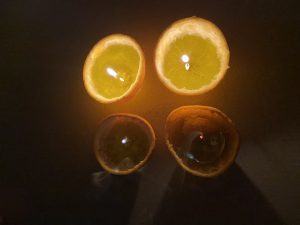
Orange peels, from navel and Sumo oranges. Cut them in half. Remove the insides, except for the fibers in the central column (these fibers will be our wick). Add olive oil. The little wicks wouldn’t stand up, so I added small orange wedges to help them stand up. It worked! Wow!
★ Get a shell from the beach.
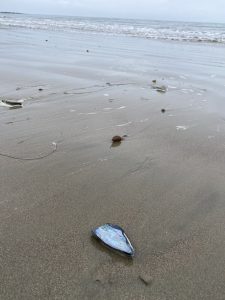
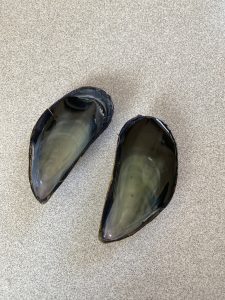
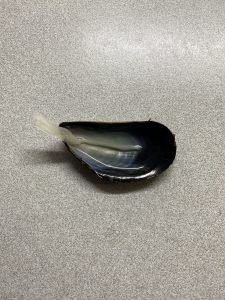
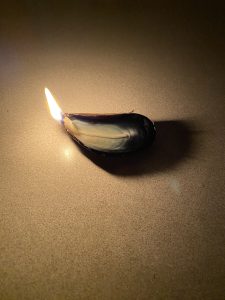
I use a rolled up facial tissue for a wick. Avocado oil and the shell work great! But the shell I used was too small. It only stayed lit for about 30 minutes. I need a bigger shell.
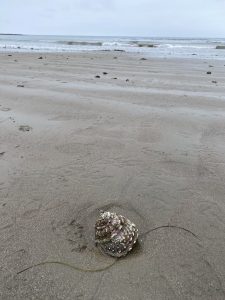
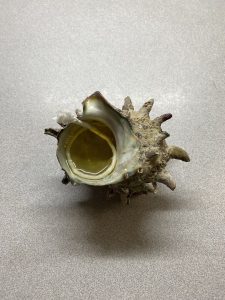
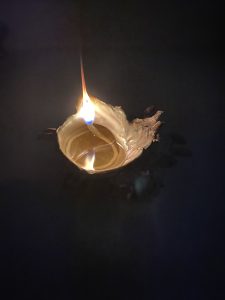
★ Sculpt a bowl from a rock. This is extremely difficult to do!!!! But we have to try.
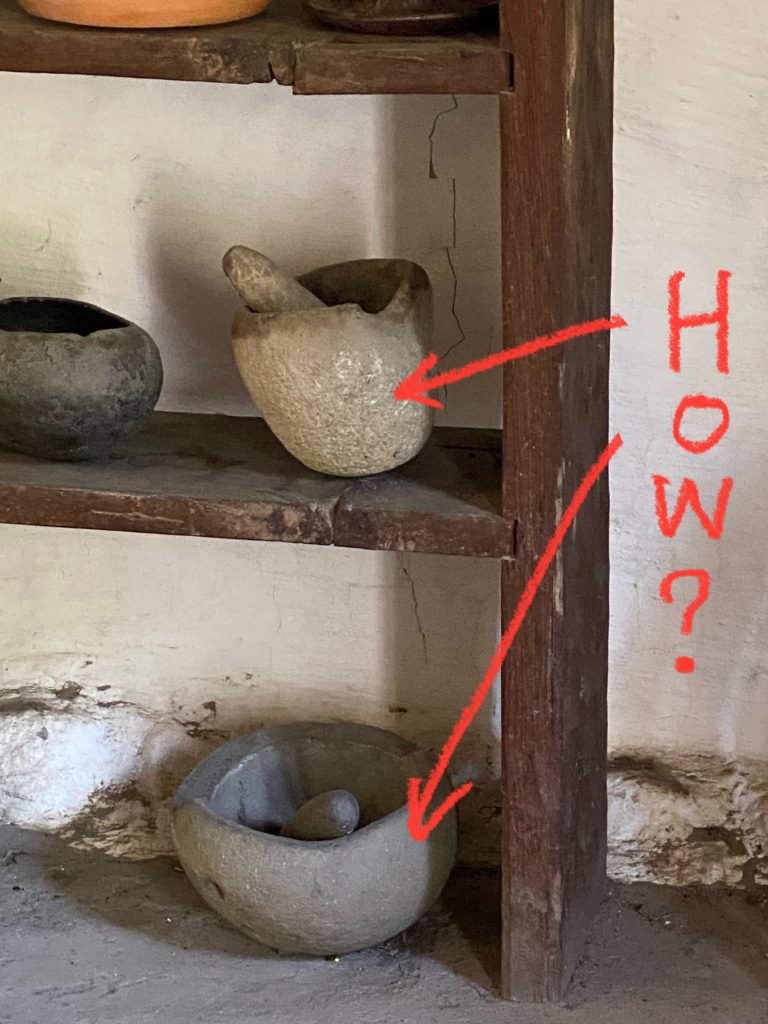
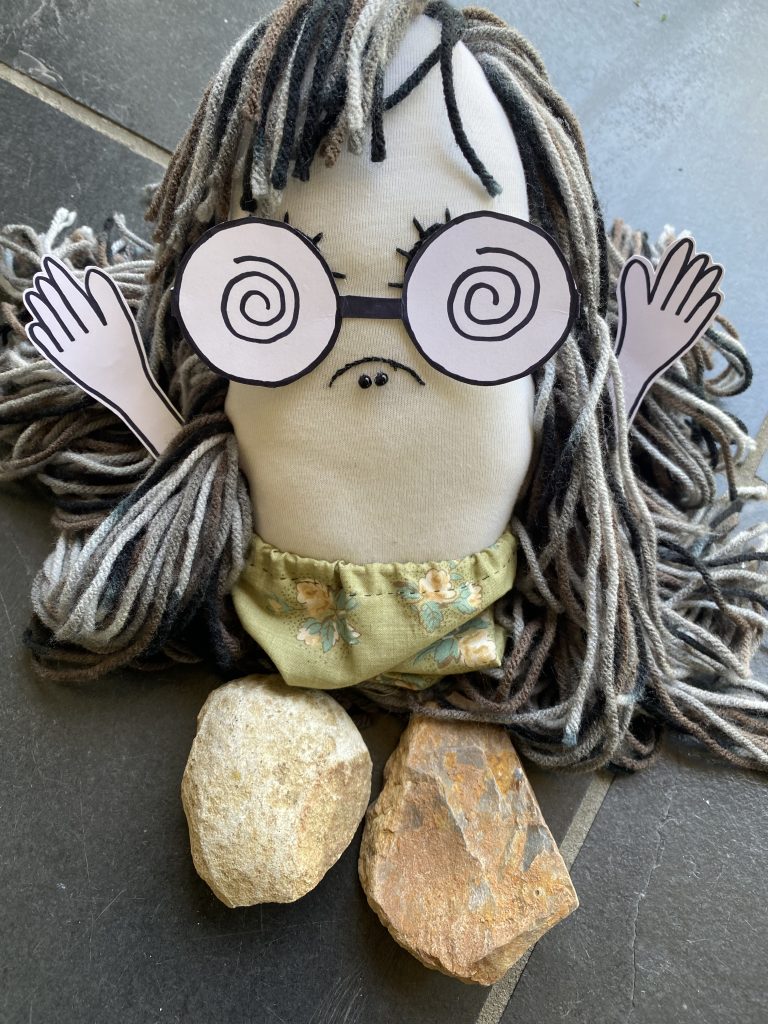
We will try this… soon!
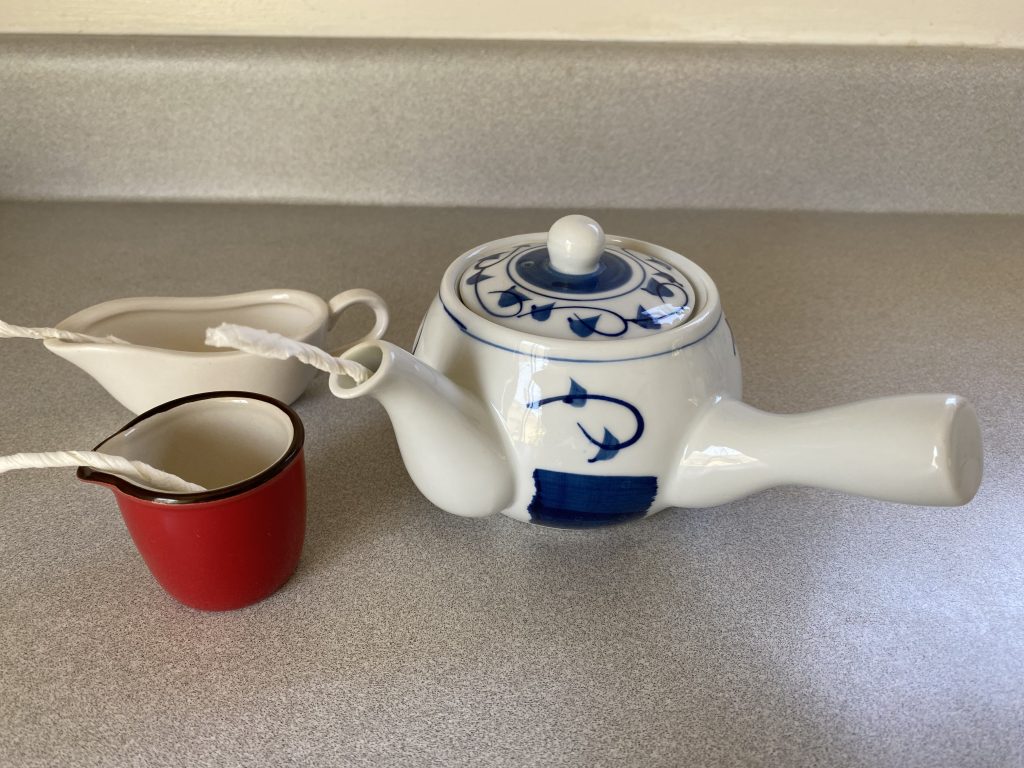
If I am lucky, in a long-term emergency, I will be able to find these kinds of pots to use as an oil lamp!
〈Tip〉
- When the wick is lit, the heat from the flame vaporizes the oil, creating a combustible vapor that sustains the flame. The wick does burn, but the oil is the fuel.
- Many oil lamps have a mechanism to adjust the height of the wick, allowing users to control the size of the flame.
- When the flame reaches the end of the wick, it effectively extinguishes itself because there is no longer enough wick to draw up oil.
- Be careful. An open flame can be dangerous, especially around young children. And if you are sheltering-in-place in a sealed room, an open flame will consume valuable oxygen.
One final thought. If we can find a glass jar or a metal container, we will need a wick holder to keep the wick from falling into the oil. I will talk about the wick holder, in my next post. Then we will be ready to use our oil lamp!! I look forward to it!
See you next time!
Remember, “Protect your life by yourself” (自分の命は自分で守る). You need to survive first, and then you need your emergency supply. No matter how well you prepared your emergency supplies, if you die, then all of your preparations will have been for nothing. First and foremost, keep your health up all the time. Build your stamina so that if you need to, you can evacuate as quickly as possible. Stay healthy.
Pingback: Making Lights in a Long-Term Emergency (3: Wick Holders) #74 – Goriyama